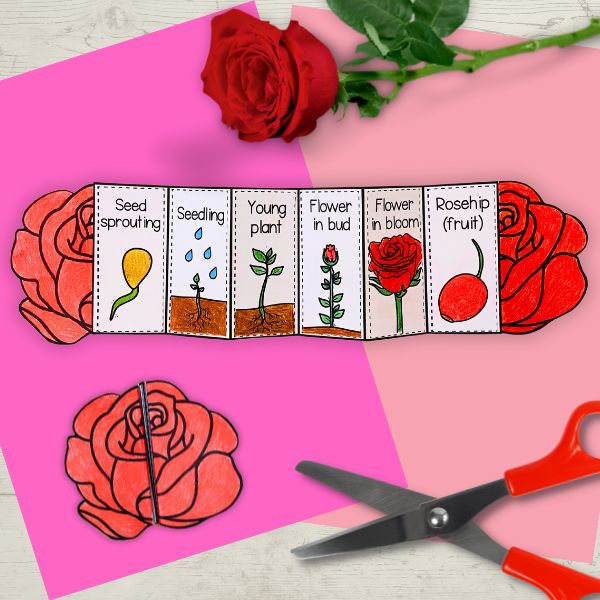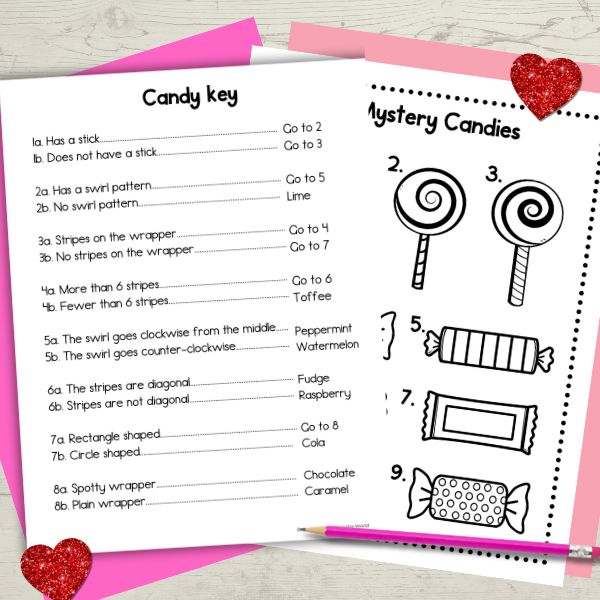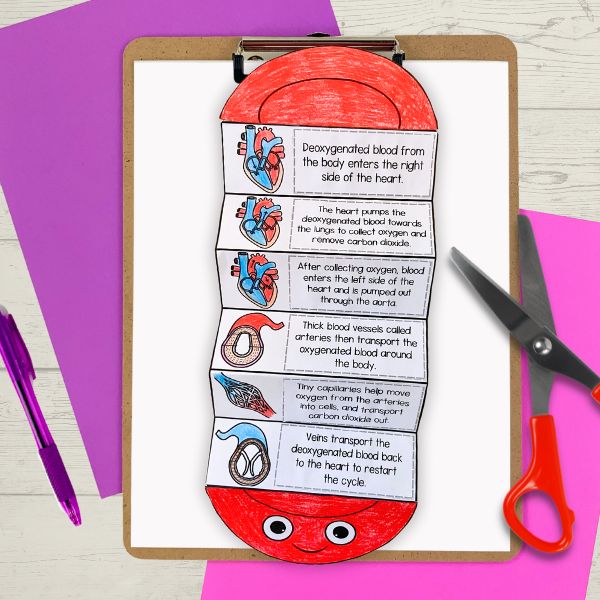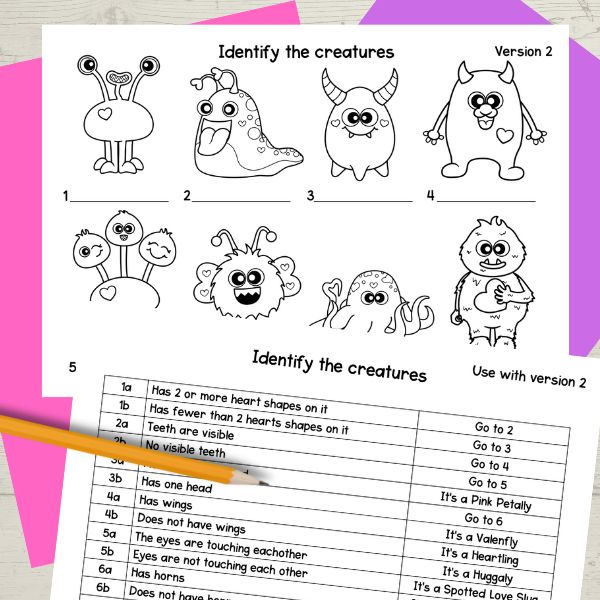Do you celebrate Valentine’s Day in your classroom? Why not link your science activities to the season to add extra fun? There are lots of ways to do this, from dissolving candy hearts to transforming white flowers into a colorful Valentine’s bouquet.
This blog post has some ideas for Valentine’s Day science activities – think hearts, flowers, candy, and more! Are you planning to try any of them? Let me know in the comments.
The post contains affiliate links. As an Amazon Associate I earn from qualifying purchases. Thank you for supporting my blog by using the links.
What Valentine’s Day science activities could you do?
Design and create activities
Unleash creative thinking, problem-solving, and teamwork skills. Set students the task of designing and creating something to solve a problem. You could provide various materials for them to work with – they must choose which will work best/be most suitable for the challenge.
Here are some ideas you could explore:
- Design and create a catapult for launching Cupid’s arrows.
- Design and create a vessel for transporting a paper Valentine across water without getting wet.
- Design and create a zip wire to deliver a Valentine
- Design and create a suitable box for a particular type and weight of Valentine’s chocolates or candy.
- Design and create a love bug robot. Use craft materials, small motors, and batteries, then test them.
Create colorful Valentine’s flowers
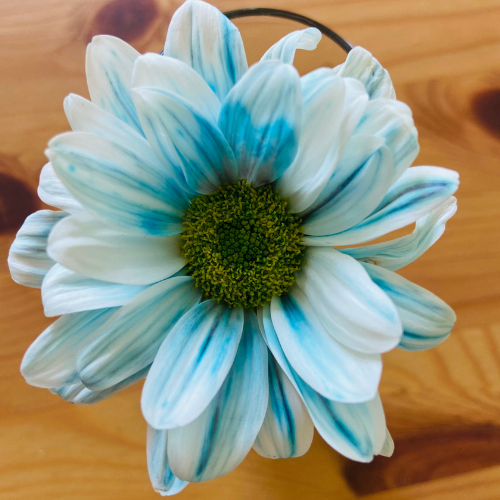
Learn about water transport in plants and create a colorful bouquet. Use white flowers placed in different colored water and observe over time (usually a few hours or leave overnight).
This experiment is a great visual for showing that water moves up the stem of a plant. It can be frustrating if it isn’t set up correctly (and the flowers remain white). I’ve written a post to help you navigate this:
Read ‘Water transport in plants with white flowers’
Candy science
There are so many fun investigations and experiments you can do with Love Hearts (or similar candy):
–Dissolving: Place Love Hearts in different types of liquid (water of different temperatures, lemon juice, vinegar or others). Make predictions about what will happen, use a timer and record observation. Discuss how to make the test fair, for example, having the same amount of liquid in each pot.
–Data Collection: Do bigger hands hold more candy? Conduct your own class investigation! Measure hands (either one or both), then see how many pieces of candy each student can hold. Use wrapped candy and you can eat them afterwards!
You could use this as a whole school investigation to get the best range of hand sizes.
This activity is perfect for practicing working scientifically, including making predictions, observing, recording, and identifying patterns.
–Skittles hearts experiment: Try the classic Skittles investigation but instead of a circle, make a heart shape! Pour warm water in the middle and watch what happens. Try it again with cold water. Is there a difference? Students can make predictions and record what they see in writing or with pictures.
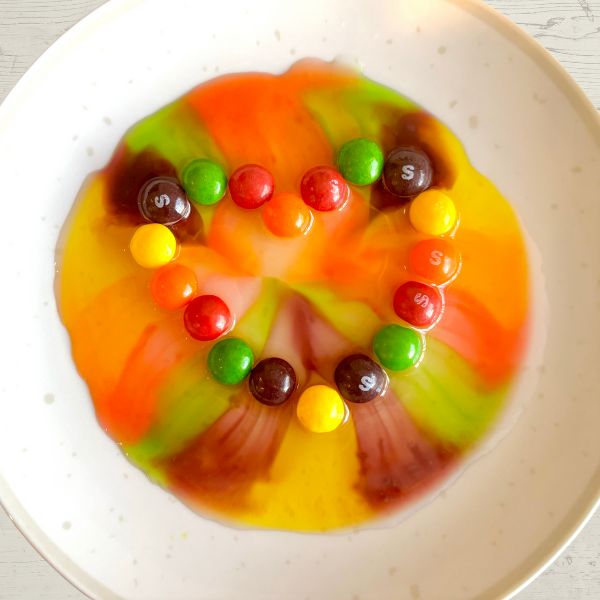
–Melting chocolate: Investigate how long it takes chocolate to melt. Does the melting time differ for white, milk and dark chocolate? Do bigger pieces take longer to melt?
–Classification: This one needs a variety of candy/sweets in different shapes and colors. Students can create a key that would help someone to identify each one based on it’s physical characteristics.
If you want to try a candy dichotomous key worksheet for students to use before trying the above, you can download this one for free from my TPT store:
Supplies
- Mini Love Heart Rolls: Contains 30 individually wrapped fruit-flavored heart-shaped rolls
- Heart Lines 7 Oz Bag
- Sweetening Life’s Celebrations!
- Contains thirty six (36) 2.17-ounce packs of SKITTLES Original Fruity Candy
Human body – the heart
Plan an investigation around the human heart by asking students to answer the question ‘does exercise increase heart rate?’
Or, make a working model of the human heart to help students learn about how the heart functions in a visual way. https://gratnellslearningrooms.com/heart-pump-project/
Research animal hearts
In the Animal Kingdom, there are some fascinating hearts that are very different from our own. Students could research some and record their findings. Here are some to explore:
Octopus:
The octopus has three hearts. Two branchial hearts are responsible for pumping blood through the gills, where oxygen is exchanged and carbon dioxide is expelled. The systemic heart then pumps the oxygenated blood to the rest of the body.
Zebrafish:
Zebrafish have a two-chambered heart, similar to other fish, but what makes them interesting is their ability to regenerate cardiac tissue. Zebrafish can repair and regenerate damaged heart tissue throughout their lives, a unique trait not commonly found in mammals.
Earthworm:
Earthworms have a closed circulatory system, but their hearts differ from vertebrates. They have multiple pseudohearts, which are muscular structures that help pump blood through the circulatory vessels.
Hagfish:
Hagfish are primitive, jawless fish that have a unique heart structure. They have a single-chambered heart with three accessory hearts, which help pump blood throughout their bodies.
Blue Whale:
Blue whales, the largest animals on Earth, have a huge heart – it is around the size of a small car. Despite its size, the blue whale’s heart is relatively simple in structure, with four chambers like other mammals.
Hummingbird:
Hummingbirds have incredibly high metabolic rates due to their rapid wing beats. To support their energy demands, hummingbirds have a unique heart that can beat up to 1,200 times per minute. It is also relatively large compared with thier body size.
Giraffe:
Giraffes have unusually high blood pressure due to the long neck, which requires a powerful heart to pump blood up to the brain. The giraffe’s heart can weigh up to 25 pounds (11 kg) and has thick walls to withstand the pressure.
Wonder at the World science resources that can support Valentine’s Day science
The following printable resources can be downloaded from both my TPT and Etsy stores:
Explore the human heart and circulation by making a foldout showing where blood goes. During this hands-on activity, students will sequence 6 stages of circulation, starting with blood entering the right side of the heart.
The rose is synonymous with Valentine’s Day. Review plant life cycles by making a foldout of the rose life cycle. From seed to adult plant, students will sequence the stages and create something that they can use in interactive notebook, or as reference material.
Valentine Monster Dichotomous Keys
Practice identification and classification skills with these Valentine’s monster dichotomous keys. Includes a ‘use a key’ and ‘write a key’ activities, as well as print and digital versions.
